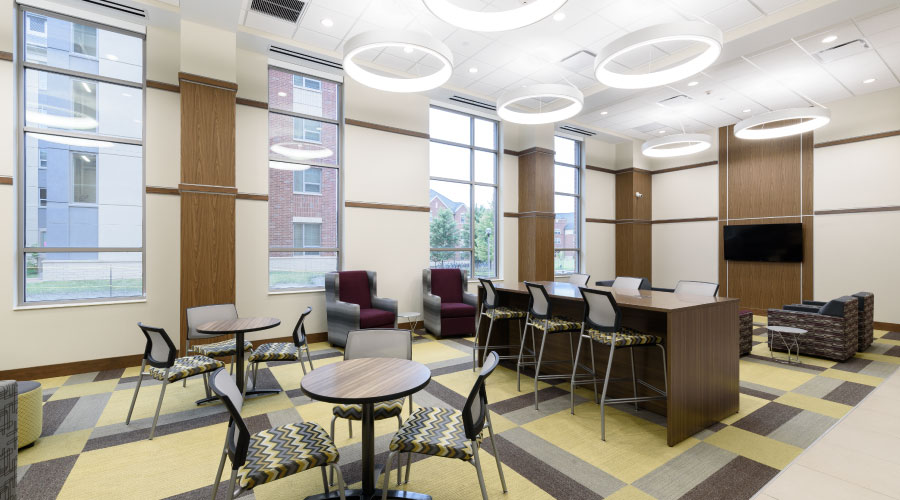With Lighting Controls, Facility Managers Should Understand Products, Building's Wiring
It's important for facility managers to understand what they're buying — thoroughly — without undue influence from parties with an investment in selling a particular system. "Because when people get tied into a specific system, they forget the end goal," says Mor.
The more that facility managers take a hands-on approach, choosing the specifications themselves, the more they can be the ones who ensure that the entire process goes smoothly. A case in point is Volkert Braren, director of program management for the New York City school system, who is responsible for more than 120 million square feet of space.
When he received grants to upgrade lighting and lighting controls during the last two years, he took it upon himself and his team to meet with manufacturers and choose products for the district.
During the most recent grant cycle, Braren used a grant to upgrade from occupancy sensors to vacancy sensors. The change in sensor type was made necessary by changes in the city's energy code.
Just as with occupancy sensor installment in spring of 2010, Braren worked with manufacturers to specify the new vacancy sensors.
There was one crucial way that Braren saved money and potential headaches: After all the meetings were over with manufacturers, Braren specified his products and used the school district's centralized procurement system to acquire the product.
"It worked great," Braren said. "We procured more than 1,000 devices and then just handed them off to our contractors. It was easy and saved them the headache of ordering and procuring."
Consider the Infrastructure
The best laid lighting controls retrofit plans are based on a solid understanding of the building's wiring infrastructure.
For example, when all lighting circuits are in the same electrical panels, the number of lighting control panels required to be installed for each floor can be reduced, Leonard says.
"The challenge of a retrofit is many times the lighting circuits are not in the same panel," says Leonard. "You can put them all there in a retrofit, but ideally, that is what would happen with new construction or major gutting/renovations of tenant floor space."
Doing that gives rise to similarities in specification, saving the organization money, and avoids the headache of complicating the building wiring.
"Understanding the existing infrastructure is difficult," Mor says. "Ultimately, you can likely meet your end goal with infrastructure, but keep in mind you might have to tweak it slightly because of the limitations of infrastructure."
Related Topics:














